- Home Page
- Favorite RV Accessories
- How to Take a 1 Hour Shower in Your Rv
How to Take a 1 Hour Shower in Your RV
By Phil King
Learn how to take a 1 hour shower in your RV
If you've been unhappy with the quantity of hot water provided by your conventional RV water heater, there is an alternative. In November 2006, I decided to take the plunge and invest in an RV tankless water heater for our RV. I was really tired of G.I. showers. As a Viet Nam era veteran, I'd had more than my share of them when I was younger. We did our research and made our choice. Now, I'll never go back to a conventional water heater again! Read on and I'll tell you I will tell you how to take a 1 hour shower in your RV whenever you want.
Basic Water Heater Design
A conventional water heater uses a storage tank to heat its water. It fills the storage tank with a quantity of water, then heats it up to a specific temperature and keeps it there. This is true whether we're talking about your home or your RV. In a home, this usually doesn't present much of an issue. Most home water heaters are at least 30 gallons in size, many are much larger.
If you continuously run out of hot water at home, the solution has always been to replace your 30- or 40-gallon heater with a 60-gallon model, or even larger; problem solved. Unfortunately, as RVers, we don't have that luxury. Most RV water heaters have either 6 gallon or 10-gallon tanks. Even if a larger heater is available, there is always a size and weight consideration in an RV.
Water weighs 8 pounds per gallon, so even if you had room for a 20–30-gallon unit, the extra 80-200 pounds of water plus the weight of the bigger unit is usually a problem. Simply put, changing the size of your water heater is usually not an option in an RV.
The Alternative
The alternative is a technology that's been around for more years than you might think - tankless water heaters. A tankless water heater is just what the name implies, it doesn't have a storage tank.
Instead, it heats the water on-demand as it flows through the unit. This seems simple enough but wasn't really a viable alternative until the last 20 years or so. It took the computer revolution to make technology viable and inexpensive enough to make it commercially feasible. With modern microcomputer controllers, the heating rate and flow can be controlled with enough precision to make the tankless water heater a great alternative.
How a Tankless Water Heater Works
Instead of a storage tank, a tankless heater has a coiled chamber in it that works similar to the radiator in your car. Your car's radiator is designed to remove heat from water as it flows through. This cools your engine. The tankless water heater works the opposite and heats the water as it flows through. This means as long as you have water flowing, and don't run out of whatever fuel (propane, electricity, etc.) you use to generate the heat; you have continuous hot water.
Understanding The Differences Is the Key
There are several key operational differences between tankless and conventional heaters. If you're considering a tankless heater, you should be aware of these differences to have a successful experience.
When we were doing our research to make our decision, I went to many of the forums on the Internet to see what people were saying about their experiences. What I found was amazing. In almost all cases where someone was unhappy with their decision to "go tankless", it was due to a misunderstanding of how they work. This misunderstanding led to unrealistic expectations, which led to dissatisfaction with the product.
A conventional heater heats the water in a storage tank to a specific temperature, typically about 120° Fahrenheit, and keeps it there. That means you will always get 120° water from your hot faucet when you turn it on, until the tank begins to replenish the tank from the cold-water source. Then, the temperature of your water will slowly decrease until the hot water in the tank has been completely replaced with "cold" water. At which time, the water temperature from your hot faucet will be equal to the temperature from your cold faucet. With only 6 to 10 gallons of storage capacity, this usually doesn't take long.
The typical person takes a shower at somewhere around 105° at a flow rate of roughly 1.5 gallons per minute. Since you need to mix some cold-water into the hot to lower the temperature from 120° to 105°, that gives you about 5 to 7 minutes from a 10-gallon tank before the water temperature drops below the 105° point and you begin to feel the shower is too cold to be comfortable. During this time of course, you've been constantly lowering the amount of cold water in the mix to keep the shower at a constant 105°.
An RV tankless water heater works very differently. It heats its water based on temperature rise and flow rate. The computer controller prevents the temperature from ever exceeding the preset maximum, typically the same 120°, just like a conventional heater.
What you should understand is this means the temperature of your hot water can be lower than the maximum if one or both of 2 conditions are present. If your source water (the cold-water) is very cold or if your flow rate is extremely high, your hot water temperature may be less than 120°.
The tankless heater we purchased is rated to heat water 85° at a flow rate of 1 gallon per minute. A little simple math will help us understand this. If my source water is 64° and I set my shower at a flow of approximately 1 gallon per minute, then the hot water would be the maximum of 120° because 64° + 85° = 149°. Typical groundwater temperatures range from about 42° in Michigan during the winter to about 72° in Florida during the summer. Of course, if you lower the temperature of the source water and/or raise the flow rate, that changes the equation.
Taking a bit of an extreme as as an example, if I'm in Michigan during the Winter (42° source water) and I set my shower at 1.5 gallons per minute (a typical shower rate), then the temperature rise of the heater I have is closer to about 70° than 85° at that flow rate. That means the temperature coming from my hot faucet is 42° + 70° = 112°. At that rate and temperature rise, I would need to mix far less cold water with the hot to get my desired 105° shower.
It is possible, at very low temperatures (cold climates) and high flow rates (2 gallons per minute or more), that you may find yourself taking a shower with nothing but hot water since 100° to 105° is about the maximum the heater can produce. The bottom line is this. As you change climates, the way you mix your hot and cold water to achieve a desired result will change also. If you understand this, and it doesn't bother you, you will have a successful experience owning a tankless water heater.
There are advantages to these differences as well. The first of course is there is no storage tank to run out of hot water. If the water flows, and you don't run out of propane, you have a constant flow of hot water at a consistent temperature. Once you have your hot and cold water mixed, there is no need to move it during your entire shower.
The second advantage is cost. A conventional water heater keeps the storage tank hot around the clock, whether you are using the hot water or not. This requires energy (fuel) even when you don't need hot water. A tankless heater only uses energy while it's heating water. This can represent significant savings. In our case, we've noticed about a 25% savings in propane since we switched the heater, and I tend to take long showers - just because I can.
You may see as much as a 50% savings in propane costs according to the manufacturer. For me that works out to a return period of less than 4 years. In 4 years, my RV tankless water heater will have paid for itself in propane savings alone. That's great! Especially considering I get to take REAL showers instead of G.I. showers.
Conclusion
Good Sam members enjoy instant discounts on fuel. Join Today!
Based on my experiences, a tankless water heater is beyond a cool toy, it is an essential part of my RV. I will never be without one again. Even if I decided to quit RVing full time and go back to a conventional home, it would have tankless water heater in it.
Now you know How to Take a 1 Hour Shower in Your RV.
Frequently Asked Questions about RV Tankless Water Heaters
What is an RV tankless water heater?
What is an RV tankless water heater?
An RV tankless water heater is a device that provides hot water on demand, without the need for a storage tank. It heats water only when it's needed, making it a more efficient and space-saving option for RVs.
What are the benefits of using an RV tankless water heater?
What are the benefits of using an RV tankless water heater?
The benefits of using an RV tankless water heater include an unlimited supply of hot water, increased energy efficiency, and saved space compared to traditional water heaters. They also have a longer lifespan than traditional heaters.
Can an RV tankless water heater run on solar power?
Can an RV tankless water heater run on solar power?
Some RV tankless water heaters are designed to run on solar power, although this may not be a feature for all models. It's important to check the specifications of a specific model to determine if it can run on solar power.
What should I consider when choosing an RV tankless water heater?
What should I consider when choosing an RV tankless water heater?
When choosing an RV tankless water heater, consider factors such as fuel source (propane or electricity), flow rate, and the required input BTU/hr. Additionally, consider the size of your RV and the number of hot water appliances you will be using.
About The Author
Phil & Karen King are full time RVers. They travel 12 months a year and have extensive RVing experience. They are the founders of CoolRVToyz, a web site dedicated to bringing the latest, and coolest gadgets to the RV lifestyle, including The Ultimate RV Parks List & Campgrounds Directory, the largest, most accurate and most complete camping Campgrounds Directory available. Best of all, it's fully downloadable into your favorite GPS or trip planning program.
Editor's Note: The CoolRVToyz website is no longer active.
Return To The RV Lifestyle Articles Main Page From The How To Take a 1 Hour Shower In Your RV Page
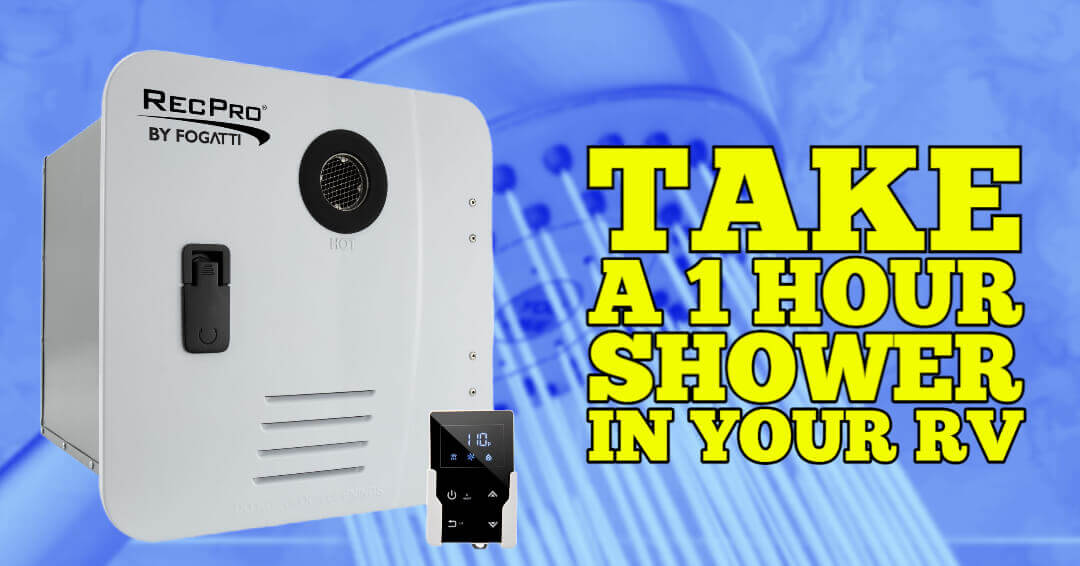
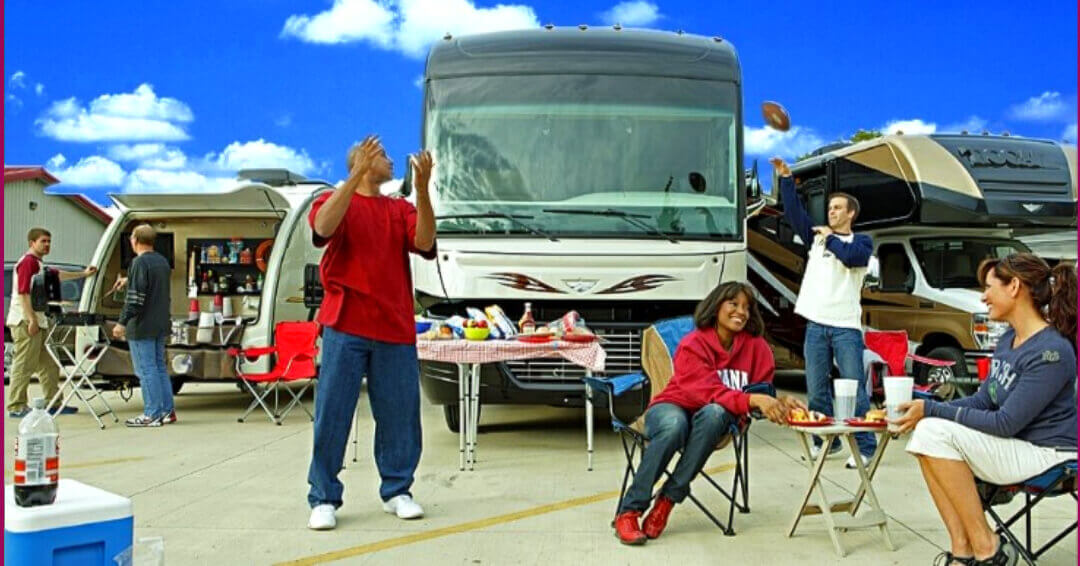
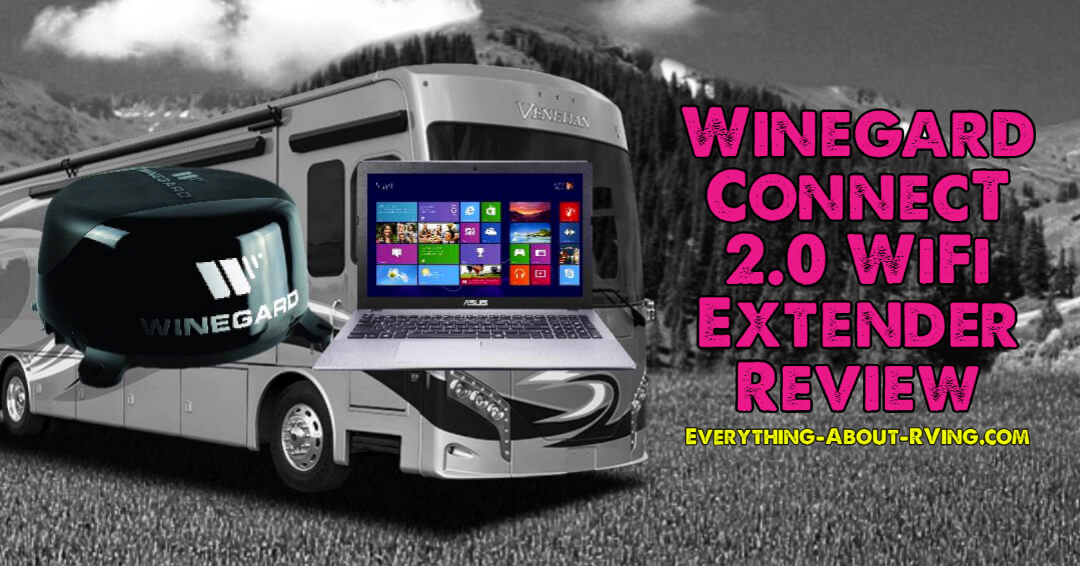
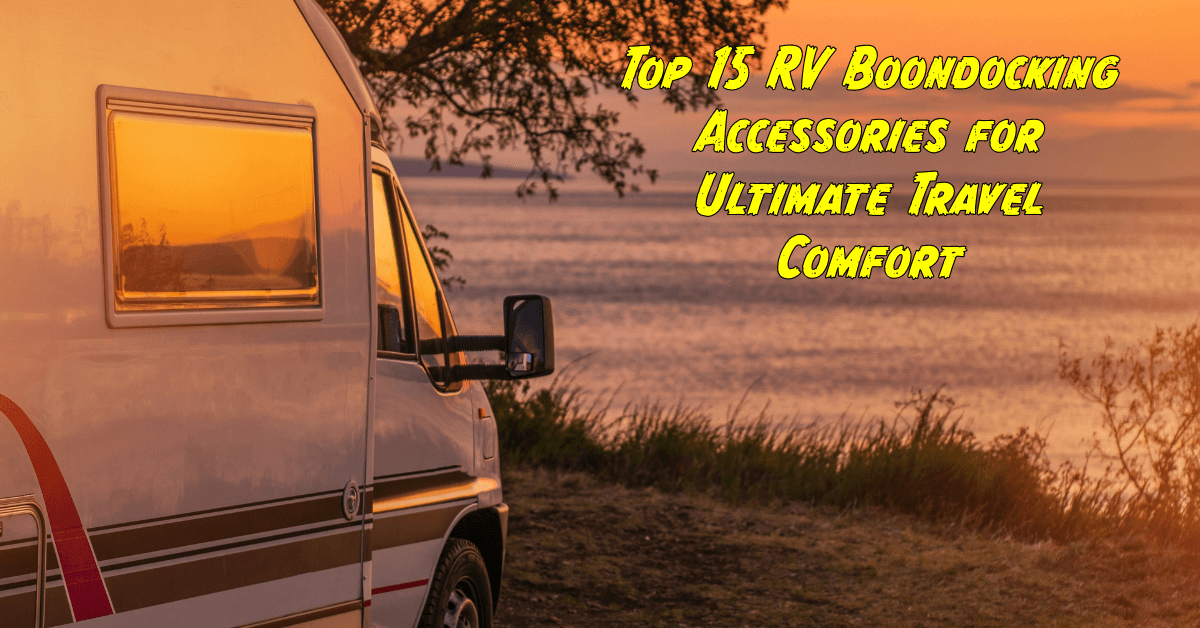
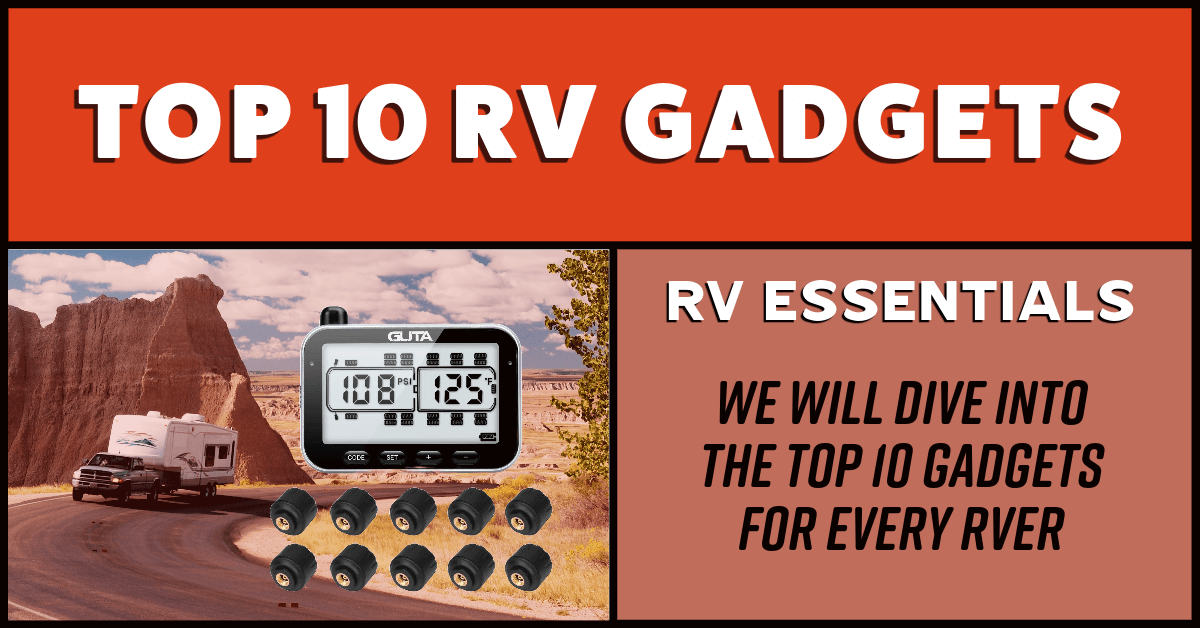




Comments
Do you have a comment on this topic? You can leave your comment in the box below.